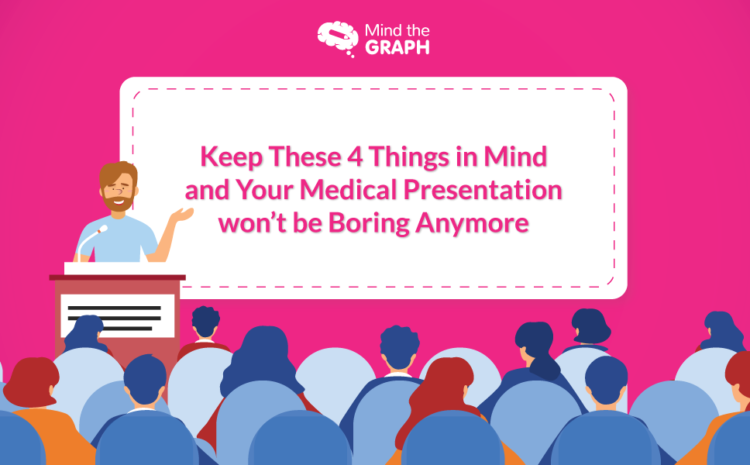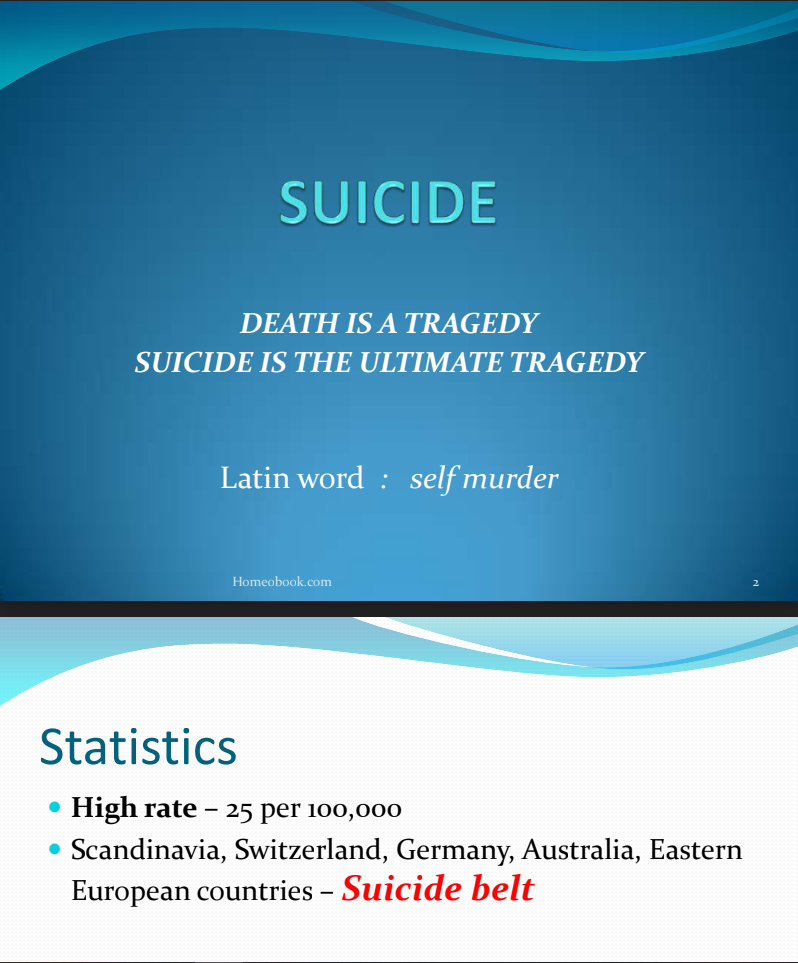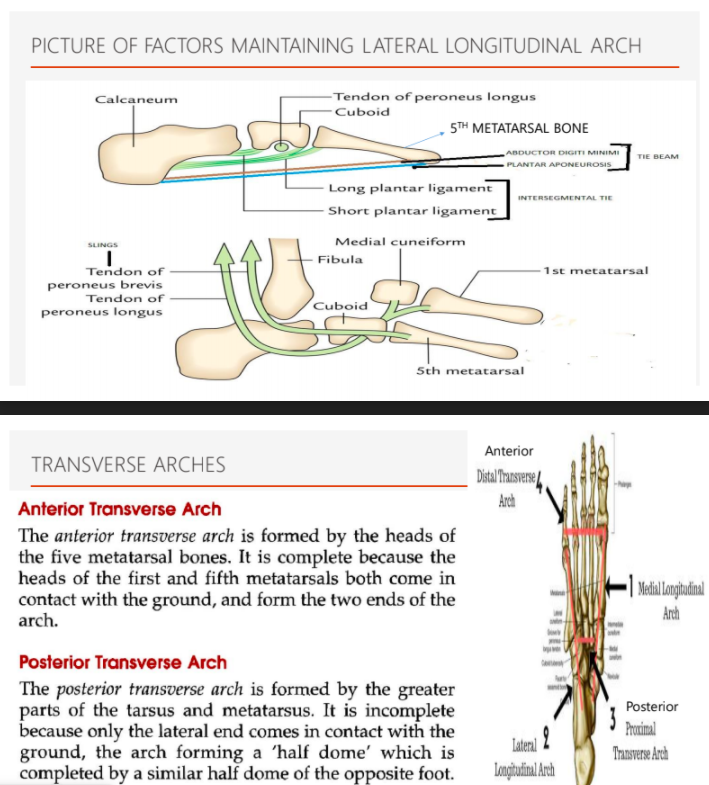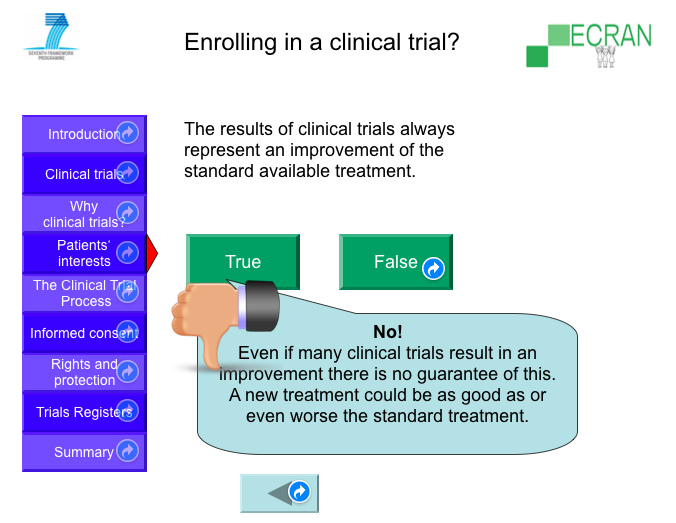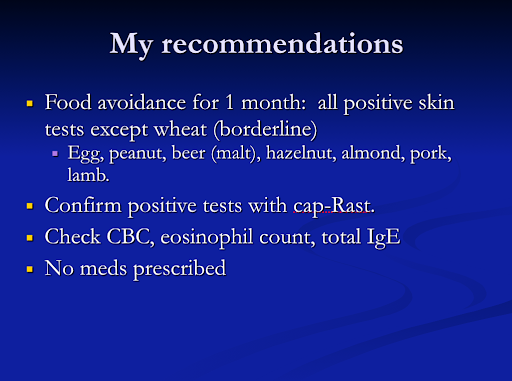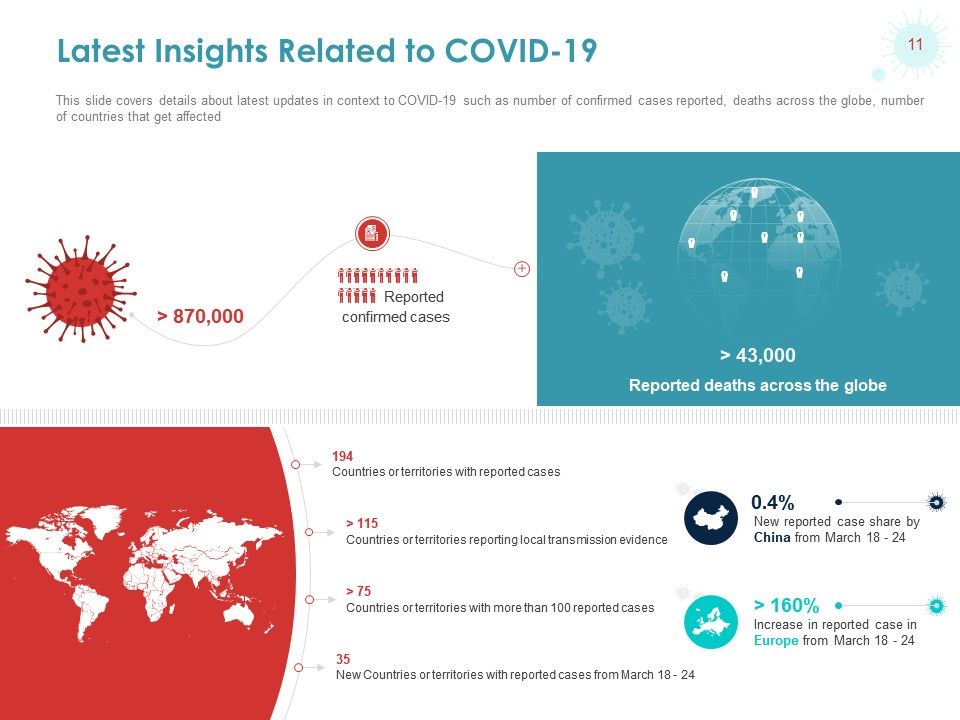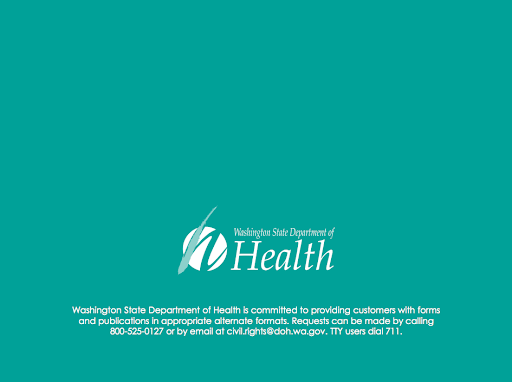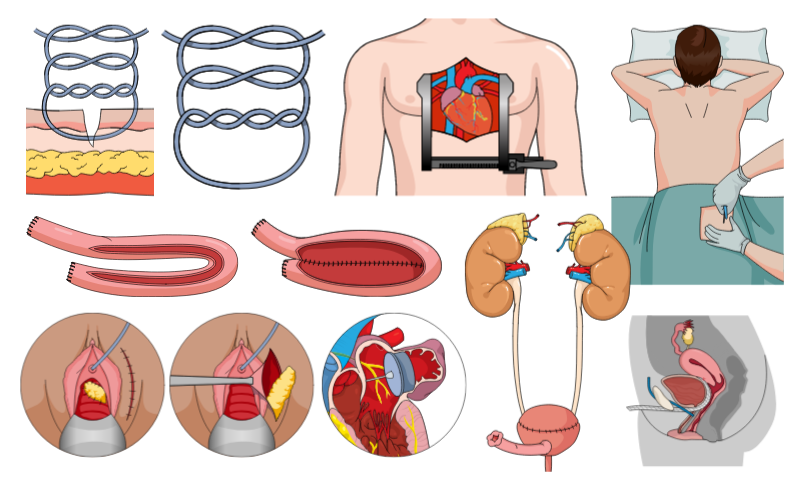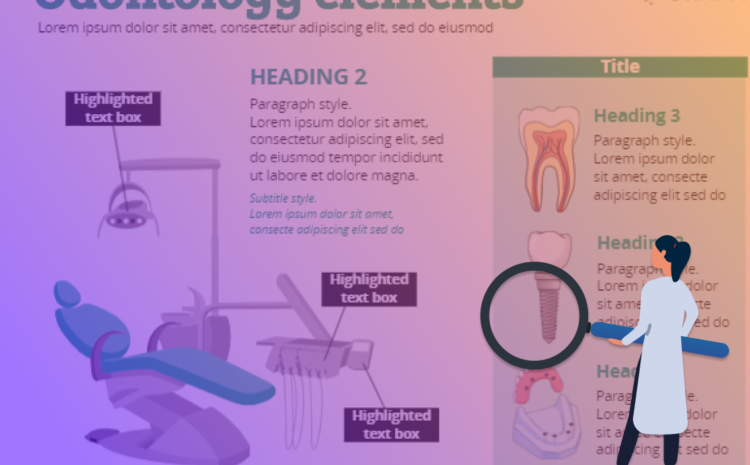Planning for your next big medical presentation? Do you spend sleepless nights thinking about the 100s of ways your presentation is going to bomb?
If that’s you, then worry not. We’ve got you covered!
We’ve all been audience to presentations that were super-boring and monotonous. And, I’m sure you are worried about being one of those presenters.
Talking about medical presentations – these can get even more boring. This is because you might feel that it is difficult to present a medical topic in an entertaining way.
In the process of ensuring that you get all the information and data right, you might end up creating and presenting a not-so-worth-listening presentation.
To dig into some answers, let’s first think about why some presentations become boring while others do not? What distinguishes a boring presentation from an entertaining one?
- First of all, your slides may not be attractive. For example, if you stuff 100s of words in a single slide and fail to add any figures and graphs, then your presentation is, of course, going to look and sound boring!
- Next, your presentation might not have anything unique for your audience. For example, suppose that your audience consists of researchers and professors, and your medical presentation talks about high-school basics. Then, it is obvious that your presentation hasn’t got anything unique to offer.
- Another factor could be the lack of clarity. The points that you are stating should be explained in a crystal clear audience, based on their expertise. If you just rush through your presentation without getting the concepts cleared, then your audience will get lost and lose interest.
- One more important factor we should address is the lack of a clear goal or vision for your medical presentation. You must know the mission you want to achieve through your medical presentation.
- Another common reason why your presentation can become boring is that it may lack cohesion and flow. You may get diverted from the point you want to convey.
- If the opening or the first few minutes of your medical presentation are not good, then there is a high possibility that the audience will start losing interest then and there. Even if your slide deck looks good, you would have lost your audience even before you begin your presentation.
If you are worried about your medical presentation being boring, this guide will help you gain some actionable tips on how you can reverse that.
Let’s look at some hacks and tricks (along with some examples) you can adopt that will help you make your medical presentation super-interesting and fun while conveying the right message.
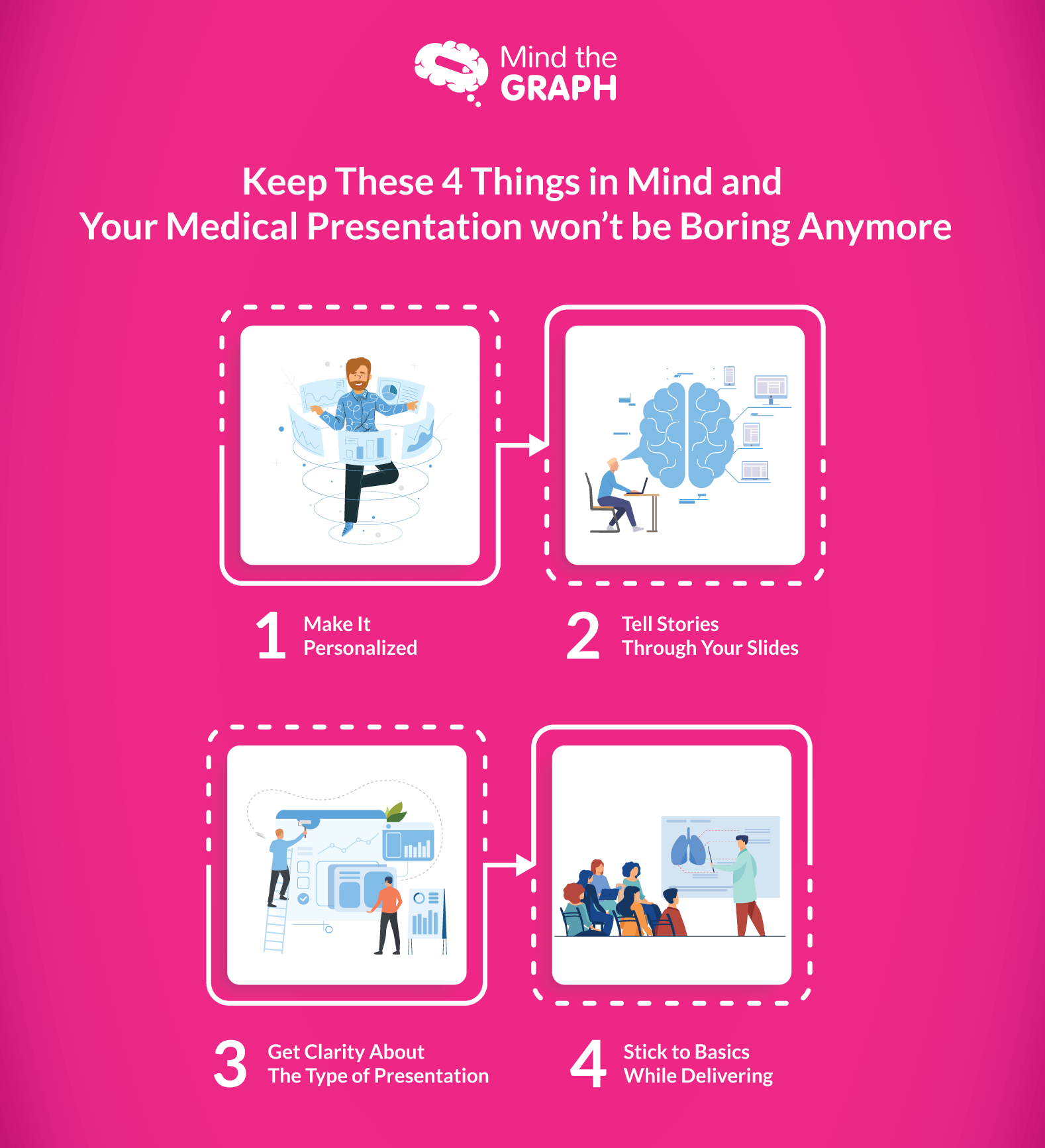
Make it Personalized
We live in the age of information overload, where personalization is extremely important.
Your medical presentation should be rewarding for your audience in some way. Only then will there be a better connection between you and your audience.
And yes, picking a random template from the internet, and copy-pasting some text bullet points in each slide, does not qualify as a personalized presentation.
When you are presenting to an audience, you are asking for their attention.
So, it, of course, makes sense that you make their valuable time count. You can do this by creating the presentation while keeping your audience in mind.
Start by understanding your audience – who is going to be the primary audience for your medical presentation?
Is it a research paper presentation? Is it a medical representation paper? Or is it a sales presentation to provide medical services?
The kind of information and data you add to your slides, your introduction, the depth of your presentation, everything will vary based on the type of audience.
For instance, understanding your audience’s level of expertise on the current topic is essential for your presentation to be interesting.
If your medical presentation and the data you add to it is too basic for your audience, or even if it is too advanced, they will zone out eventually.
Another important thing when it comes to personalizing your presentation is to talk about your vision.
A vision, a higher purpose, or something practical that you want to offer to the world can instantly turn your medical presentation from boring to interesting.
Sharing your vision is important because a bigger vision always moves humanity. Just giving your medical presentation for the sake of presenting your findings is not enough.
You need to go beyond that and ensure that your vision comes across in the best possible light to your audience.
Think of any popular brand. They always emphasize their vision throughout their presentation while sharing the details of their products. You should also think about something in the same lines.
This will entice your audience to focus more on what you want to share with them.
They will stay hooked throughout your presentation and will connect to you on a personal level. And, most importantly, you’ll leave the audience feeling good about themselves.
Take, for example, this medical presentation that talks about the prevention of suicides. The slide deck starts with a thought-provoking quote and hints at the presenter’s vision of reducing suicides.
This will resonate far better with the audience than other dry, life-less medical presentations.
Make Sure to Add Stories
Who doesn’t love a good story? Everyone does, right?! Stories can bring in the much-needed entertainment factor into your somewhat boring medical presentation.
Hence, if you have doubts about your presentation being boring, go ahead and weave it into a story.
Stories can be about you or anyone relevant to the presentation. For instance, you can introduce your team of doctors and fellow researchers. This will definitely pique your audience’s interest.
You can start with a super-interesting introduction to your medical presentation. Here, you should ideally address your audience and ask them a few questions to keep them engaged. You can also include your presentation’s hook in the introduction.
Next, you can continue with your presentation while bringing along the story with you.
Throughout, you should include attention-seeking elements in your presentation. These can include humor, data and facts, and the best of all – imagery and graphs.
Images and graphs can completely transform your presentation and pull in the reader like nothing else.
Like mentioned before, just including text in your medical presentation can get extremely boring for your audience. Hence, images can rescue you in such situations.
For medical presentations, you can use a scientific figure maker to create graphs that explain the key points about your presentation in the best possible, easy-to-understand way.
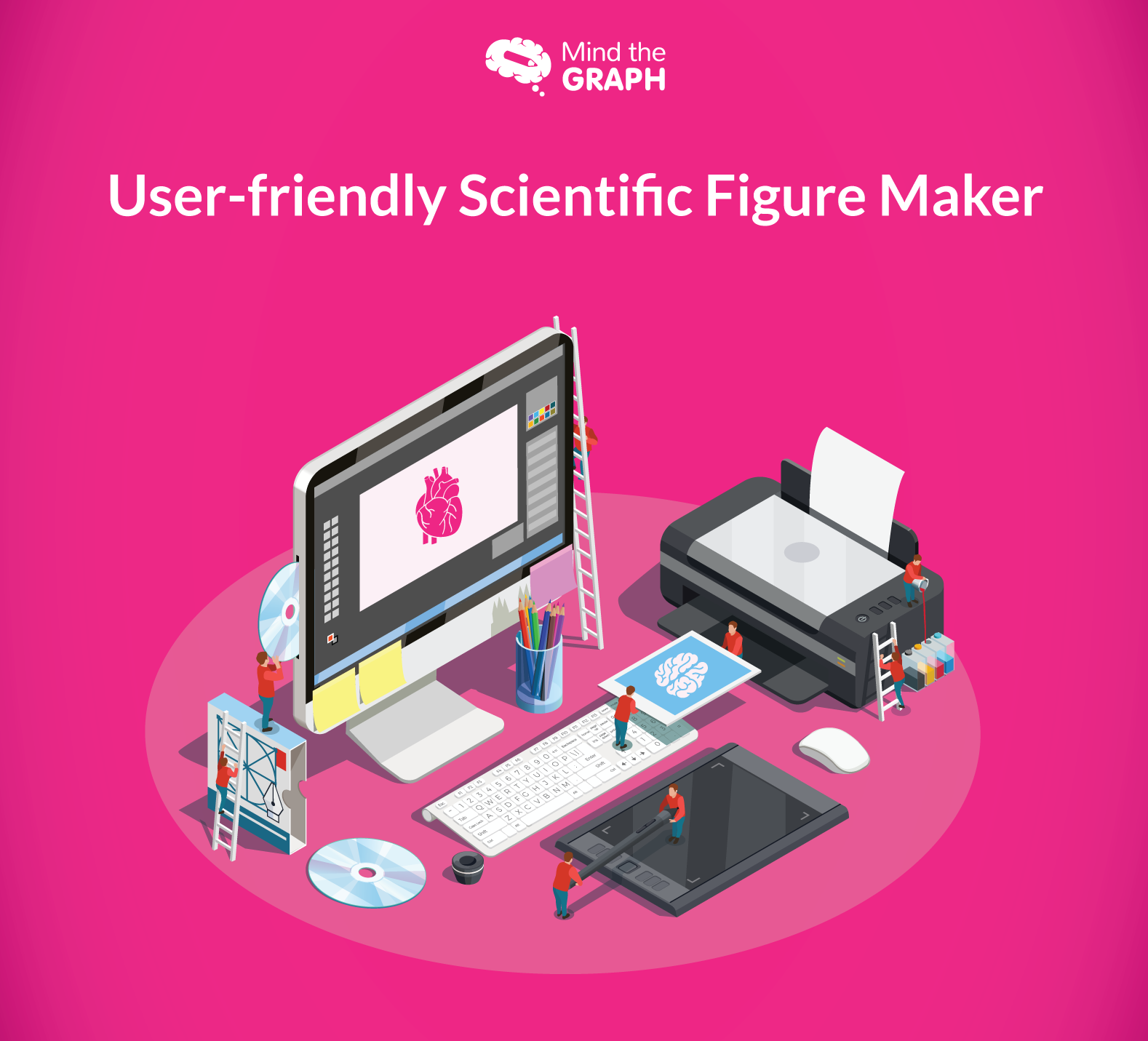
You can also use our infograph maker to create comprehensive infographics that perfectly illustrate the findings in your medical presentation.
The kind of attention your medical infographics and graphs would get will be truly unbeatable.
For example, the following medical presentation on pituitary glands includes many such images that perfectly explain the presentation’s gist. You, too, can design similar infographics using an online infograph maker.

Here’s another presentation about the arches of the foot that could not have been presented well if not for the beautiful infographics and medical illustrations it has. You can use a scientific figure maker to make your presentation similar to this one.
What Type of Presentation is This?
Understanding the type of presentation and doing justice to add the right elements also plays an important role in keeping your medical presentation interesting.
Lecture for students
If you are a professor who wants to deliver a lecture through a presentation, then these are the things that you must include to make your presentation more interesting:
- Prepare your presentation with an outline in mind. Ensure that you sort out all the things that you want to deliver in the lecture.
- Create a timeline so that all your slides fit into the time slot allotted for your presentation. Decide on how much time you want to spend on each topic or slide.
- Start your lecture presentation with a curiosity inducing question.
- Use images, graphics, and illustrations to explain the concepts better.
- Make your presentation interactive by asking more and more questions to the audience.
- Ask your audience to study the topic more. This can be your call to action.
Research presentation
If your medical presentation is about showcasing your research findings, then these are some of the points to keep in mind to ensure that your presentation resonates well with the audience:
- Start with a few slides with the introduction of your research. Explain why your work is interesting and how it relates to your audience. Use eye-catching visual elements like infographics and images here.
- Next-talk about your research process and other nitty-gritty details. Make sure you keep your slides crisp and to-the-point.
- Talking about the results of your research is also important. Ensure that this aligns with your vision.
For example, this presentation about research on clinical trials does a good job of breaking some myths and showcasing the results of the research interestingly.
Presentation for patients
For a patient presentation, the approach would almost be the same as mentioned above. Keep the presentation concise and include only the necessary keywords in the slides. Add visuals and graphs to explain your points better.
Maintain Some Basics
Finally, let’s talk about maintaining some basics. These are basic ground rules for any medical representation, and these will help to keep your presentation proper and to-the-point.
Missing out on these basics will also lead to an uninterested audience, and your medical presentation will fall flat.
Have a good start.
Your introduction is the most crucial part of your medical presentation. If your introduction fails to resonate with the audience, then your entire presentation will be deemed boring by your audience.
Here are a few elements that can spice up the introduction of your medical presentation:
- You can try to add humor to the start of your presentation. You might feel that humor is difficult to include as a part of a medical presentation. But that’s not true. You can always start with a humorous punchline or a medical joke.
- Asking questions worked brilliantly for any presentation. Your audience might be bored with the previous presentation and maybe sitting not-so-interested. You can reverse that by asking a thought-provoking question to your audience.
- As mentioned before, starting with a story will add the much-needed spice to your otherwise boring medical presentation. You must ensure that the story is relatable to the audience. Otherwise, the story may not work as expected.
- You may even begin your medical presentation with a brief interaction with the audience. You can introduce yourself, ask some questions, and interact with a few of them for a couple of minutes. You can ask some people in the audience to introduce themselves and share their thoughts.
- Videos work great. Your stubborn audience may not be interested in the text. They may not be interested in images also. But videos are definitely something that will interest everyone present in the audience. So, you can start your medical presentation with a short video.
Keep the number of slides to a minimum.
You should make sure that your medical presentation is crisp and precise. You shouldn’t prolong your presentation unnecessarily by including too many slides. This will feel unnecessary and uninteresting to your audience.
Only add keywords in slides, not sentences.
This is a mistake that is often made by amateur presenters. Your audience doesn’t want to read big chunky paragraphs and huge walls of text. If they did, they would have read a research paper or a book.
The whole point of a presentation is to talk about a topic in a concise, easy to understand manner. Hence, you should only add necessary information in keywords and bullet points. Avoid adding sentences and paragraphs to your presentation.
Take this presentation on COVID-19, for example, they have added only the brief keywords that are necessary to present the data. This looks more aesthetic as compared to adding sentences and paragraphs.
Give a call to action.
As mentioned above, a bigger vision can transform your presentation, and so can a call to action. Your call to action should be such that it contributes to your bigger vision in some way.
The call to action can be anything like asking your audience to learn about the topic more, asking them to contribute to the greater good in some way, or symbol asking them to get in touch with you.
An excellent example of this would be this presentation on COVID-19. The presentation ends with some useful tips on how to counter the stigma that prevails around COVID-19.
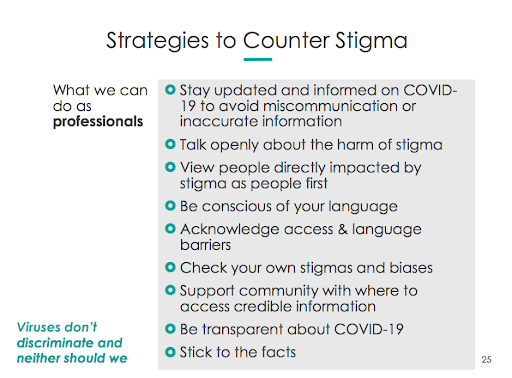
This is a good example where a call to action is used in a presentation to urge the audience to contribute to a better good.
Share your contact details.
After your presentation, many people, such as fellow researchers, industry professionals, or students, may want to get in touch with you for any collaborations and discussions.
Hence, it makes sense that you must provide your contact information in your slides and also convey this to the audience present.
Here’s an example of how you can share your contact information at the end of your medical presentation.
Conclusion
Medical presentations can easily get boring and monotonous if you do not take special care to keep your audience engaged and hooked the whole time. The tips provided in this article are easy to implement, yet super-effective.
So, use these tips and you’ll definitely see a much more engaged and satisfied audience in your next medical presentation.

Subscribe to our newsletter
Exclusive high quality content about effective visual
communication in science.

